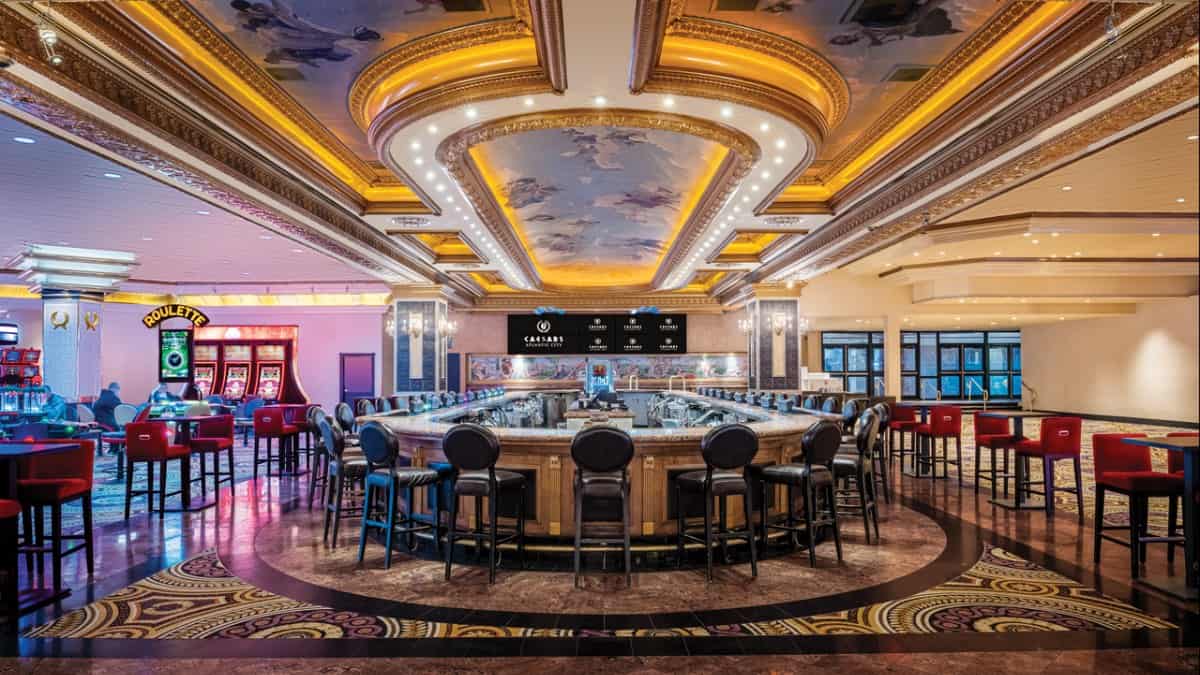Incorporated 1925
Estell Manor contains, either partially or completely, various unincorporated communities.
In the late 19th century, D.L. Risley brought his real estate business to Weymouth Township and temporarily detoured the legacy of the Estell family, who had established the settlement of Estellville early in that century. According to online information by township historian Douglas Yearsley, Risley, who had made his way to Philadelphia via London and New York, was “a real estate speculator and railroad investor” aware that “the railroad was coming between Richland and Tuckahoe through vast tracts of virgin land. The railroad came in 1893 and two Risley colonies, Milmay and Estelle [sic], sprang up in 1896.”
By time the town of Dorothy was established in 1897, Yearsley writes, “the Estells were faced with a population not beholden to them.” Moreover, a portion of the township was to become known as Risley.
Farming had entered this area in the late 19th century when Daniel Estell’s son-in-law Anderson Bourgeois “began selling off the [Estell’s] vast land holdings as farmsteads,” according to Yearsley. “Many immigrants from the teeming cities came into Weymouth Township looking for cheap land and elbowroom.”
Risley continued to use agriculture as a draw once he established himself in the region. His sales pitch, however, was reportedly less than accurate. Yearsley’s account of the land speculator claims that he “also sold to immigrants and city dwellers by making the most outlandish claims for local lots. He claimed that we had a year-round growing season and a sea view.”
Eventually, world events would help put an end to Risley’s stake in Weymouth Township. Yearsley explains that “in 1917 the government and the Bethlehem [Steel] Company bought up huge areas in Weymouth Township and moved in the Bethlehem Loading Company to load shells for the allied war effort in World War I.”
According to a pamphlet published by the Atlantic County Division of Parks and Recreation, Bethlehem Loading Company was one of four new munitions factories created after the U.S. declared war on Germany in April 1917. The others were DuPont Engineering Company, T.A. Gillespie Loading Company and Atlantic Loading Company, and all were under the supervision of the U.S. Army War Department.
After the conclusion of World War I, Yearsley reports, Weymouth Township’s population witnessed a shift “from Corbin City, Estellville and Risley to Dorothy and Belcoville.” Corbin City seceded from the township in 1922, the first move that would reshape the region.
In 1924, Daniel Estell’s granddaughter, Rebecca Estell Bourgeois Winston, was actively involved in local politics as a member of the Weymouth Township Committee and, according to the New Jersey Women’s History website, “carve[d] out Estell Manor as its own municipality.”
Yearsley claims that Winston “incorporated most of old Weymouth into Estell Manor City,” describing her as sitting “in the front room of the Estell mansion and with a red pencil included as much of the old township as she dared, even following the streams to their sources and choosing who to let into the new city and who to leave out.”
Winston’s efforts to create Estell Manor did not take long to reach fruition. Sent to the State Legislature, the new creation was incorporated as a city on March 14, 1925 and was declared a “small municipality” under the Faulkner Act because its population was under 12,000.
Today, as one of 56 South Jersey municipalities, Estell Manor is part of more than one million acres protected under the State Pinelands National Reserve. Formed from portions of Weymouth Township, Estell Manor contains, partially or completely, various unincorporated communities within its boundaries. Online sources identify these as including Estellville, Old Etna Furnace, Gibsons Landing, Steelman’s Landing, Head of the River, Walkers Forge and Oakville.
While each of these unincorporated communities has its own historical legacy, perhaps the most interesting is that of Walkers Forge, named after Lewis Walker, an early 19th century businessman and judge who served as a state senator. Walker was the founder of an ironworks that employed as many as 100 people in 1816. According to Yearsley, Walker “called it Monroe Forge, after President James Monroe, but we know it as Walkers Forge.” It’s a rare moment when a local accomplished figure supersedes a president.
Next Week: Belcoville








